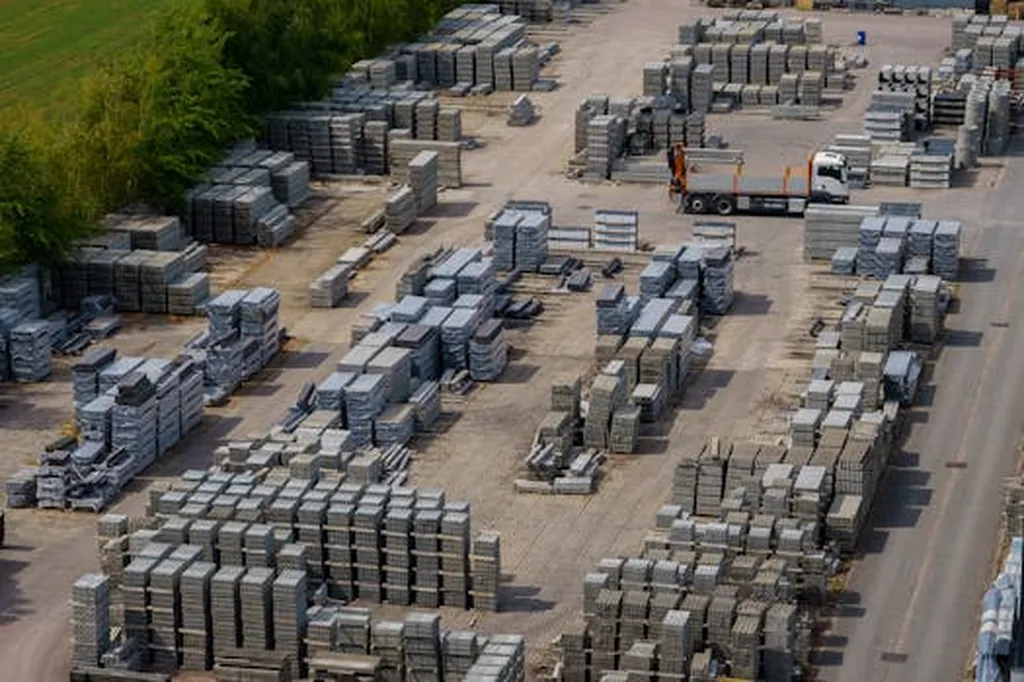In a significant stride towards sustainable construction, researchers have developed a novel approach to enhance the performance of interlocking paving blocks (IPBs) by incorporating various waste materials. This innovative strategy, detailed in a recent study published in the journal *Infrastructures* (translated to English as “Infrastructures”), not only addresses the environmental impact of traditional IPBs but also improves their durability and mechanical performance.
The research, led by Ibrahim Tajuldeen from the Structural Engineering Department at Mansoura University in Egypt, explores the integration of untreated and surface-treated crumb rubber (CR), ceramic powder (CP), glass powder (GP), recycled ceramic, and discrete fibers into the production of IPBs. The study aims to partially replace sand and cement with these waste materials, offering a scalable solution for more sustainable and durable paving blocks.
The experimental phase of the study involved a series of tests to evaluate the slump, compressive and flexural strengths, water absorption, abrasion resistance, and microstructure of the proposed IPBs. The results revealed that while untreated CR reduced workability and strength, it significantly enhanced flexural resistance. “Surface treatments of CR using CP and GP improved bonding and reduced porosity,” Tajuldeen explained, highlighting that a 20% CP replacement yielded the best performances, with a 17.3% increase in compressive strength and a 20% increase in flexural strength.
The study also investigated the impact of different fibers on the performance of IPBs. Basalt fiber, in particular, demonstrated optimal strength and abrasion resistance at a 0.6% inclusion rate. Meanwhile, polypropylene fiber achieved the lowest water absorption rate of 3.70% and a minimum abrasion depth of 0.28 mm at the TR20CP mix. Microstructure analyses further confirmed denser microstructures and stronger interfacial bonding in treated and fiber-reinforced mixes.
The implications of this research are far-reaching, particularly for the energy sector. As the demand for sustainable construction materials continues to grow, the integration of waste materials into IPBs production offers a cost-effective and eco-friendly alternative. This approach not only reduces the environmental impact of construction but also enhances the durability and performance of paving blocks, making them more suitable for high-traffic areas and industrial applications.
Tajuldeen’s work provides a scalable enhancement strategy for producing more durable and sustainable IPBs, paving the way for future developments in the field. As the construction industry continues to evolve, the integration of waste materials into construction processes is expected to play a pivotal role in shaping a more sustainable and resilient built environment.
This groundbreaking research, published in *Infrastructures*, underscores the potential of waste-based materials in revolutionizing the construction industry. By leveraging the unique properties of crumb rubber, ceramic powder, glass powder, and fibers, researchers have demonstrated a viable path towards more sustainable and high-performance construction materials. As the world grapples with the challenges of climate change and resource depletion, innovative solutions like these offer a beacon of hope for a more sustainable future.

